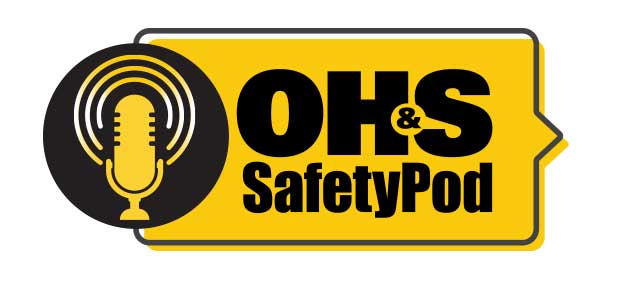OEHS professionals offer free educational guide and resources for emergency responders.

Episode 21
In this mini Safety Speak episode, Editor Sydny Shepard discusses the new leading cause of death in the U.S, Oregon's new Worker Virus Protection Rule, a new ladder safety grant and effective safety leadership.

With COVID-19 restrictions and 2020 projected to be one of the hottest years on record, it’s important for employers, managers and workers to keep heat stress safety top of mind.
On-duty firefighters have an increased risk of experiencing exposure to PAHs, which are a family of chemicals known for their potential to cause cancer.
The world’s largest annual safety event will be held virtually in March rather than in person.
The checklist includes considerations such as investigating exposures, determining when an employee should be tested and configuring a work environment to minimize the risk of a spread.

A new proposed rule from the Oregon Occupational Health and Safety Administration would mandate CDC recommendations to keep workers safe amid the pandemic.

COVID-19 would only trail heart disease and cancer as the third most leading cause of death this year.
The grants equal the highest ever funding level for the critical safety of commercial motor vehicles.
Kurt Beschorner receives a $1.8M NIOSH grant to develop safer ladder design and climbing practices

OSHA has teamed up with the North American Meat Institute to provide information, guidance and access training resources for protection workers exposed to COVID-19.

The construction industry is dangerous in its nature. Therefore, both employers and employees must take safety rules seriously. In this article, we will discuss types of injuries and legal options for an injured construction worker.
Recipients are those that have gone above and beyond to enhance safety in their respective areas.

New research from the National Institute for Occupational Safety and Health illustrates the increased risk of hearing loss among noise-exposed workers in the service sector.
At production sites, workers often interact with production processes and equipment such as pumps, furnaces and others. These pose numerous HSE hazards and a lack of basic understanding of their operations could lead to mishaps—sometimes with major consequence.